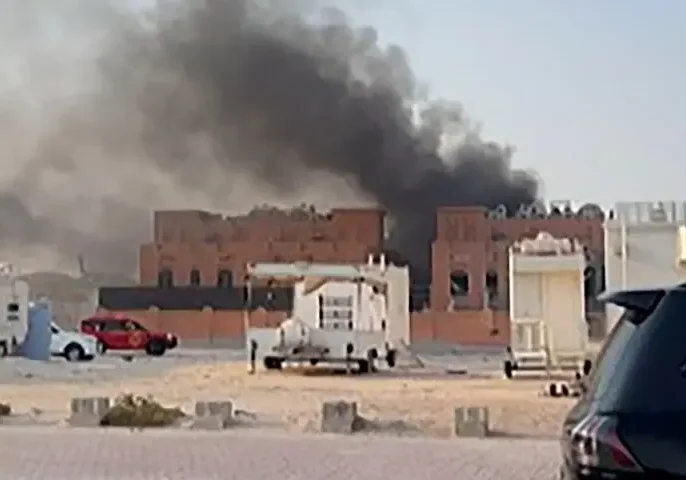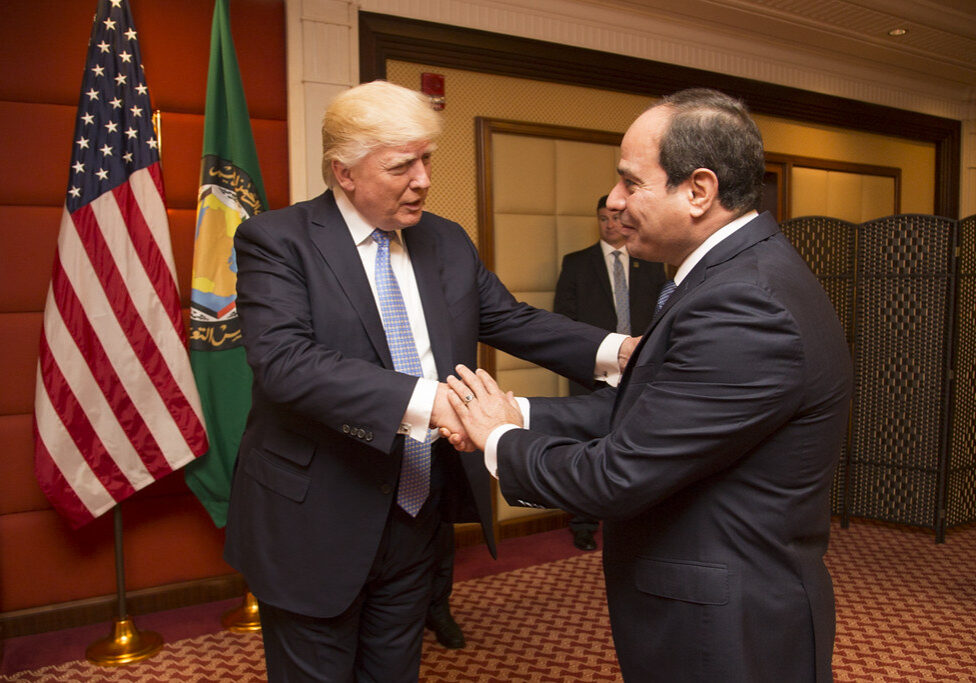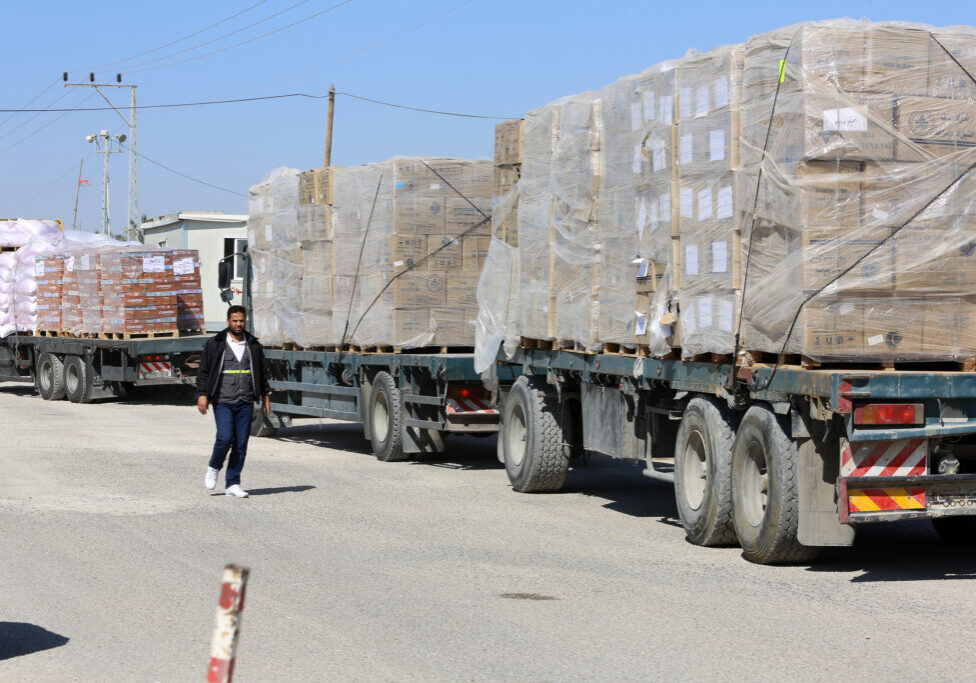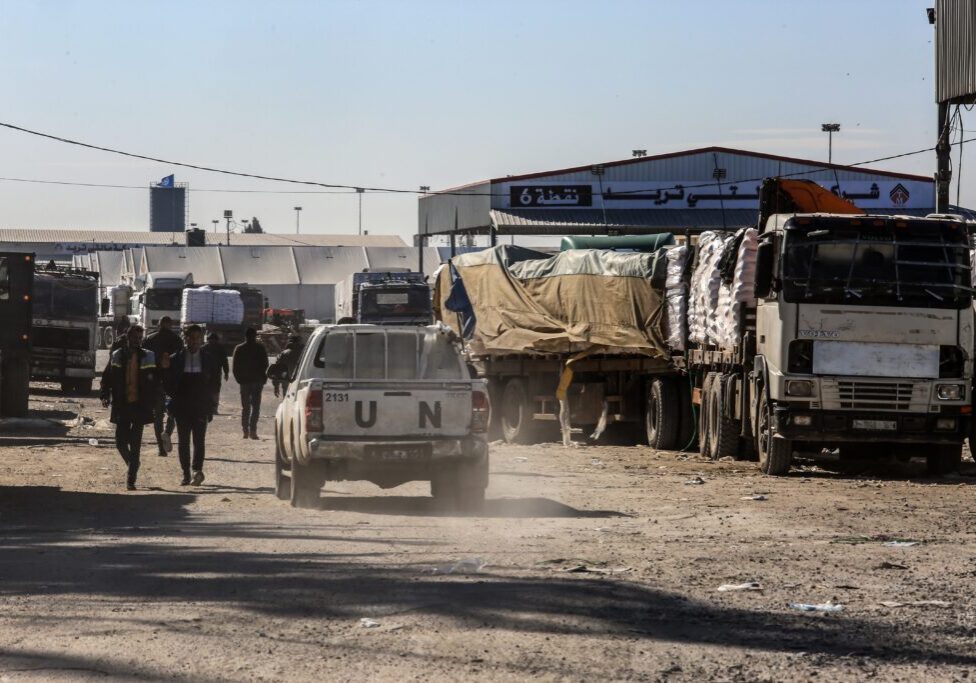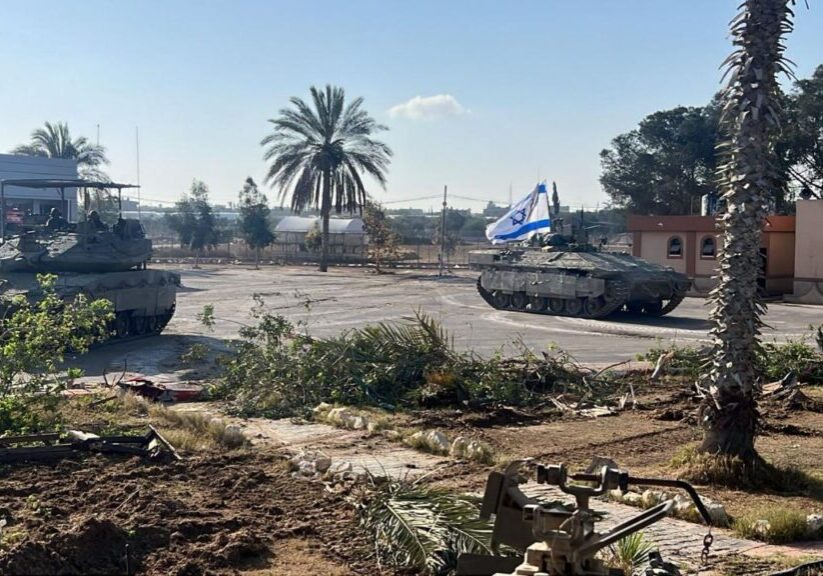Australia/Israel Review
Arab Spring or Islamist Surge?
Nov 28, 2011 | Benny Morris

Teheran 1979 to Cairo 2011
Benny Morris
Rioting in Tunisia and Egypt in early 2011 unleashed a tidal wave of unrest across the Arab world that was soon designated the “Arab Spring.” Enthusiasts in the West hailed a new birth of freedom for a giant slice of humanity that has been living in despotic darkness for centuries. But historians in 50 or a hundred years may well point to the 1979 events in Teheran – the Islamist revolution that toppled the Shah – as the real trigger of this so-called “spring” (which is looking more and more like a deep, forbidding winter). And the Islamist Hamas victory in the Palestinian general elections of 2006 and that organisation’s armed takeover of the Gaza Strip the following year probably signified further milestones on the same path.
For, if nothing else, the past weeks’ developments have driven home one message: That the main result of the “Arab Spring” will be – at least in the short and medium terms, and, I fear, in the long-term as well – an accelerated Islamisation of the Arab world. In the Mashreq – the eastern Arab lands, including Saudi Arabia, Syria and Iraq – the jury may still be out (though recent events in Palestine and Jordan are not encouraging). But in the Maghreb – the western Arab lands, from Egypt to the Atlantic coast – the direction of development is crystal clear.
In Tunisia, the Islamist Ennahda (al-Nahda) party won a clear victory in the country’s first free elections, winning some 90 out of 217 seats in the special assembly which in the coming months is to chart the country’s political future. Speculation about whether the party is genuinely “moderate” Islamist – as its leader, Rachid Ghannouchi, insists – or fundamentally intent on imposing Sharia religious law over Tunisia through a process of creeping Islamisation a la the Gaza Strip and Turkey is immaterial. The Islamists won, hands down and against all initial expectations – and in a country that was thought to be the most secular and “Western” in the Arab world. Freedom of thought and religious freedom are not exactly foundations of Islamist thinking, and whether Tunisian “democracy” will survive this election is anyone’s guess.
To the east, in the tribal wreckage that is Libya, the Islamist factions appear to be the major force emerging from the demise of the Gaddafi regime. In the coming weeks and months we are likely to see movement toward elections that will hammer down another Islamist victory.
And much the same appears to be emerging from the far more significant upheaval in Libya’s eastern neighbour, Egypt, with its 90 million inhabitants – the demographic, cultural and political centre of the Arab world and its weather vane. The recent crackdown, by a Muslim mob and then the ruling military, against Coptic Christian demonstrators (protesting the destruction of a church) was only, I fear, a taste of things to come. All opinion polls predict that the Islamist Muslim Brotherhood – which has long sought the imposition of strict Sharia law and Israel’s destruction – will emerge from the November 28 parliamentary elections as the country’s strongest political party, perhaps even with an outright majority. An Islamist may well win the presidential elections that are scheduled to follow, if the army allows them to go forward.
And the Sinai Peninsula bordering Israel and the Gaza Strip has become, following Mubarak’s fall, a lawless, Islamist-dominated territory. Egyptian writ runs (barely) only in the northeastern (El Arish-Rafah) and southeastern (Sharm a-Sheikh) fringes. The peninsula’s interior is in the grip of Islamists and Bedouin gunmen and smugglers and has become a major staging post for Iranian arms smuggling into the Hamas-ruled Gaza Strip.
For months now the Egyptian natural gas pipeline to Israel (and Jordan) has been cut, the military unable to prevent continued incidents of Islamist-Bedouin sabotage. The severance of the gas export – in effect, a continuing Egyptian violation of an international commercial agreement – has meant that Israel has had to dole out hundreds of millions of additional dollars for liquid fuel to run its electricity grid.
And late October witnessed a further, violent after-effect of the “Arab Spring” – three Grad rockets (advanced Katyushas), launched from the Gaza Strip, landed 20-25 miles away in open fields outside the central Israeli cities of Ashdod and Rehovot. There were no casualties and air force jets hit what Israel called “terrorist” targets in the strip in retaliation (apparently also causing no casualties).
But the direction is clear. After the Israel-Hamas prisoner exchange, the region may be heading toward increased violence. If so, such violence would be part and parcel of the unfolding Islamisation of the region – both in terms of the anti-Zionist Islamist ethos and attendant concrete developments on the ground, one of which is the giant arms-smuggling operations that have followed the downfall of Gaddafi. Thus, the “Arab Spring” has brought both Islamisation and chaos (and the Islamisation will only benefit from this transitional chaos). Ordinary smugglers have collaborated with Islamists to plunder Gaddafi’s armories, and the Middle East’s clandestine arms bazaars are awash with Grads and relatively sophisticated shoulder-held anti-aircraft missiles. Israeli intelligence says that many of these weapons have recently made their way into the Gaza Strip via the Sinai Peninsula. One anti-aircraft missile was fired at an Israeli helicopter in a recent skirmish on the Sinai-Israel border.
All these developments suggest an accelerating trend in the Middle East that is far different from what many Western idealists anticipated when they coined the term “Arab Spring.” It’s a trend that could severely alter Muslim-Western relations across the board.
Benny Morris is a professor of history in the Middle East Studies Department of Ben-Gurion University of the Negev. His most recent book is One State, Two States: Resolving the Israel/Palestine Conflict (Yale University Press, 2009). Reprinted from the National Interest .© Benny Morris, reprinted by permission of the author, all rights reserved.
Tags: Egypt

